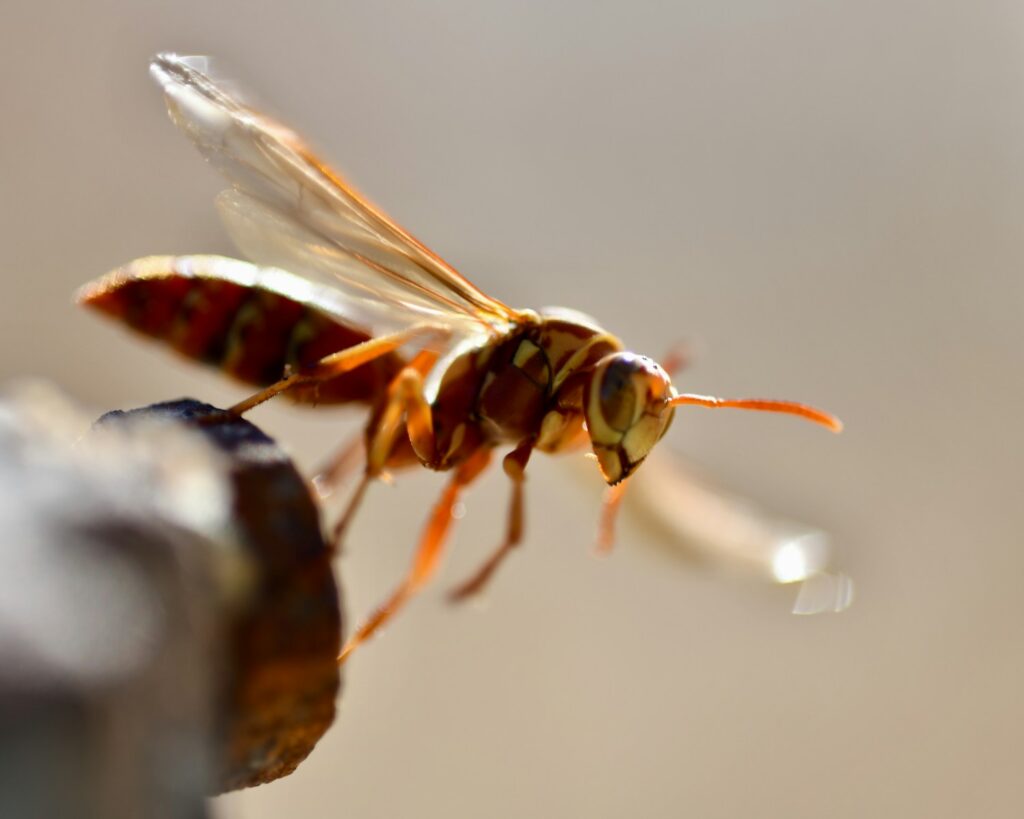In the vast world of survival strategies, nature has equipped creatures with remarkable defense mechanisms. Among these, the ability to feign death stands out as both fascinating and effective. While many animals briefly “play dead” when threatened, certain insects have perfected this deception to an astonishing degree. The Eastern Hercules beetle (Dynastes tityus) has mastered this art of deception, capable of remaining motionless in a death-like state for hours, successfully fooling predators into losing interest. This remarkable adaptation, known as thanatosis or death-feigning, represents one of the most intriguing behavioral defenses in the insect world. Let’s explore this fascinating survival strategy and the creatures that employ it to outlive their would-be consumers.
The Science of Playing Dead

Thanatosis, derived from the Greek word for death, refers to the adaptive behavior where animals feign death to avoid predation. This sophisticated defense mechanism operates on a simple principle: many predators are programmed to pursue moving prey and lose interest in seemingly dead organisms. From a neurological perspective, the insect enters a state of temporary paralysis, reducing muscle tone and sometimes even slowing metabolic functions. Scientists have found that this isn’t merely a reflexive response but can involve complex neurological processes that allow the insect to maintain the charade while remaining aware of its surroundings. The ability to regulate this state—remaining immobile for extended periods while maintaining the capacity to flee when the threat passes—represents a remarkable evolutionary achievement.
Masters of Deception: The Eastern Hercules Beetle

The Eastern Hercules beetle stands out as one of the most committed practitioners of death-feigning in the insect world. When threatened, this impressive beetle flips onto its back, draws its legs tightly against its body, and remains completely motionless for periods that can exceed two hours. What makes this display particularly effective is the beetle’s attention to detail—it not only assumes a position typical of dead insects but also releases chemicals that mimic the scent of decay. The Eastern Hercules beetle’s size—reaching up to 2.5 inches in length—makes this feat even more impressive, as larger insects typically have more difficulty maintaining such rigid immobility. Researchers have documented cases where these beetles have maintained their death pose even when handled and moved, demonstrating an extraordinary commitment to their performance.
Beyond Beetles: Other Insect Death-Feigners
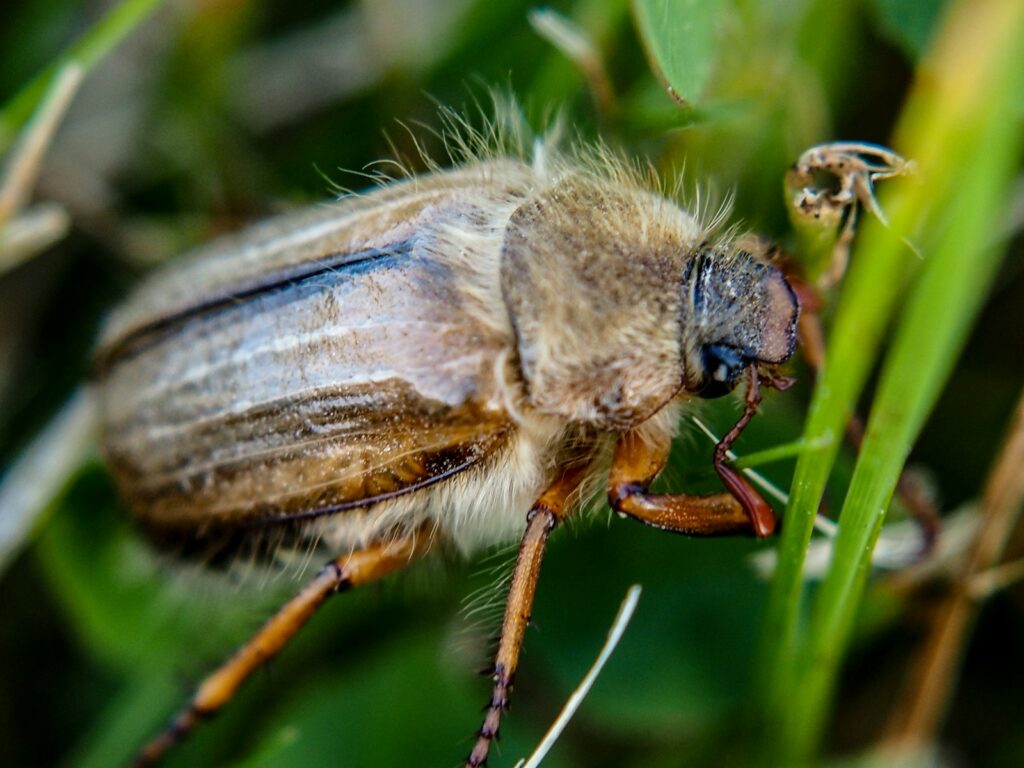
While the Eastern Hercules beetle may be among the most proficient practitioners, thanatosis appears across numerous insect orders. The larder beetle (Dermestes lardarius) can remain motionless for up to 45 minutes when disturbed, making it another notable performer. Certain species of click beetles take death-feigning to another level, combining immobility with structural rigidity that makes them appear genuinely lifeless. Perhaps most surprising are some stink bug species that not only play dead but can control which body parts appear lifeless—sometimes feigning death in just their front legs while keeping rear legs ready for escape. This diversity of approaches suggests that death-feigning has evolved independently multiple times across insect lineages, underscoring its effectiveness as a survival strategy.
The Evolutionary Advantage

The evolution of thanatosis represents a fascinating case study in predator-prey dynamics. This behavior emerged as a counter-adaptation to predators that rely heavily on movement to identify potential meals. The strategy proves particularly effective against predators that lack the patience to wait out a potential meal’s apparent death or those programmed to avoid dead prey due to potential disease risks. Research shows that insects capable of longer death-feigning periods generally experience higher survival rates in predator-rich environments. Evolutionary biologists have identified that this trait becomes more pronounced in populations experiencing consistent predatory pressure over generations, suggesting natural selection actively favors individuals with superior death-feigning abilities. The fact that this behavior appears across unrelated insect families indicates convergent evolution—different lineages independently developing similar solutions to common survival challenges.
The Physiological Mechanics
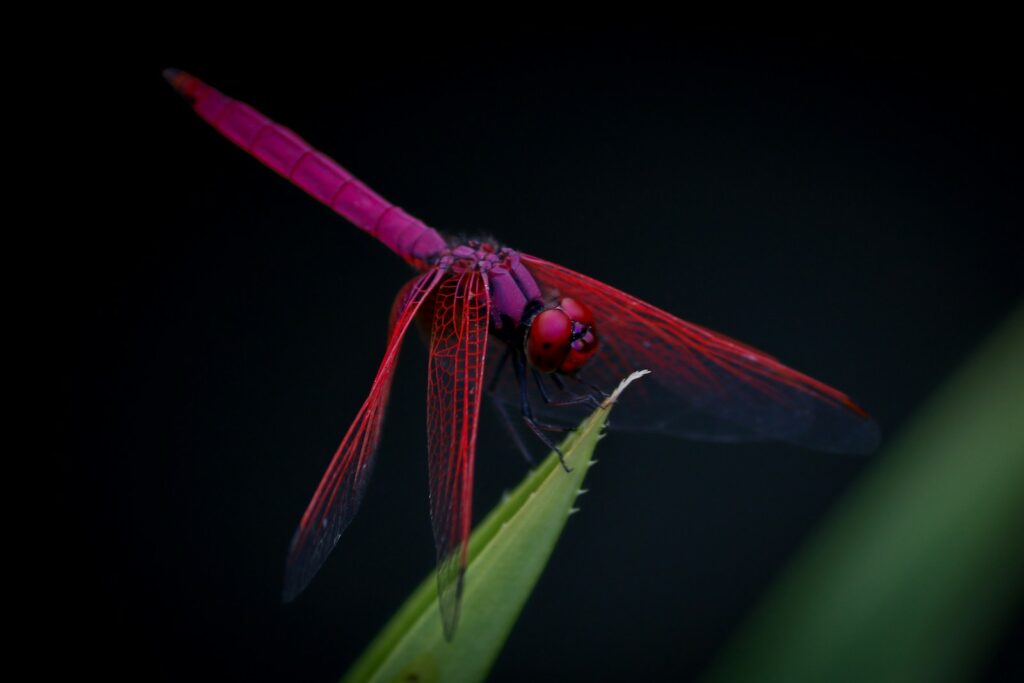
Death-feigning involves sophisticated physiological changes that go beyond simple immobility. During thanatosis, insects experience dramatic changes in their neuromuscular systems, including the temporary suppression of motor neuron activity. Heart rates typically decrease significantly, sometimes by as much as 60 percent, creating a state resembling suspended animation. Respiratory processes slow considerably, with some species showing minimal oxygen consumption during these periods. Perhaps most remarkable is the insect’s ability to maintain sufficient awareness to monitor their environment while appearing completely lifeless—a delicate balance between genuine physiological shutdown and strategic alertness. Recent studies using advanced imaging techniques have revealed that the insect brain remains highly active during death-feigning, particularly in areas associated with sensory processing and threat assessment.
Duration Champions: Record-Breaking Death Acts
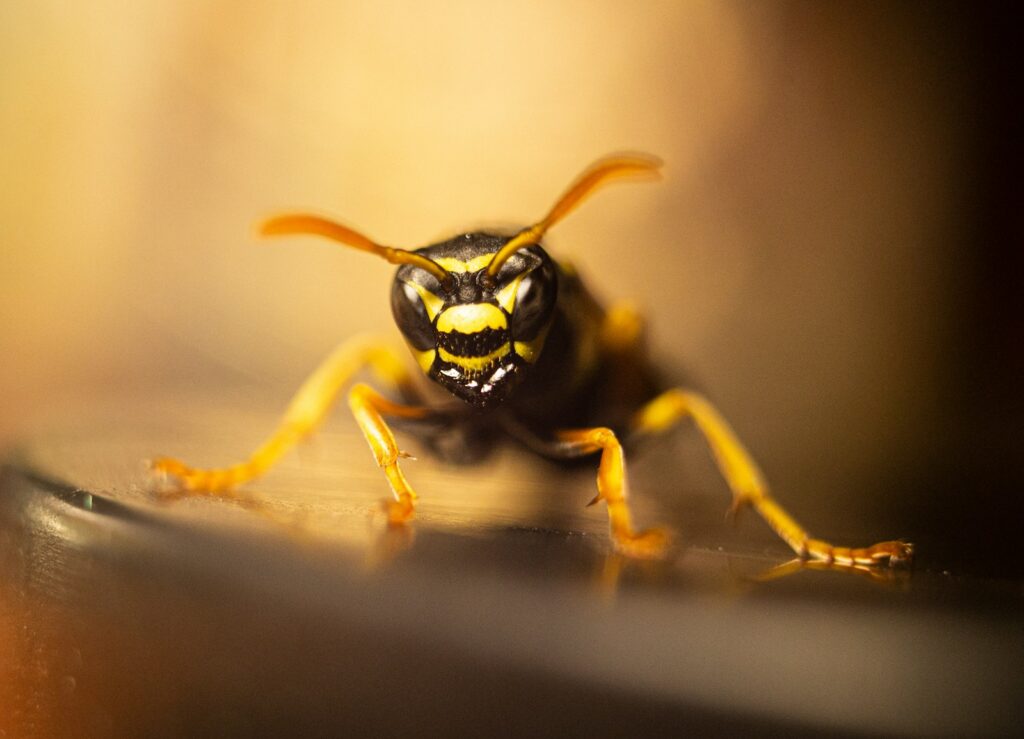
While most insects maintain their death pose for mere minutes, some species have evolved truly extraordinary endurance. The record for longest documented death-feigning belongs to certain specimens of the cigarette beetle (Lasioderma serricorne), with documented cases exceeding four hours of complete immobility. Certain wood-boring beetle larvae can maintain apparent lifelessness for nearly five hours when removed from their feeding tunnels and exposed to simulated predator stimuli. Factors like temperature, humidity, and the specific nature of the threat can significantly influence how long an insect maintains its deception. Remarkably, some insects appear capable of modulating their death-feigning duration based on the perceived threat level—maintaining longer periods of immobility when the predatory threat seems particularly dangerous or persistent.
Environmental Triggers

The decision to initiate thanatosis isn’t random but triggered by specific environmental cues that signal danger. Many beetles respond primarily to physical disturbance, playing dead when handled or jostled in ways consistent with predator capture. Visual stimuli, particularly the sudden appearance of shadow or movement consistent with predator approach, can trigger instant death-feigning in species with well-developed visual systems. Chemical cues, including predator scents or alarm pheromones from other insects, serve as powerful triggers for some species, particularly those vulnerable to ant predation. Interestingly, some insects show learning capabilities regarding these triggers—becoming more sensitive to specific cues associated with previous dangerous encounters and more likely to employ thanatosis when those particular stimuli reappear.
Playing Dead vs. Other Defense Mechanisms
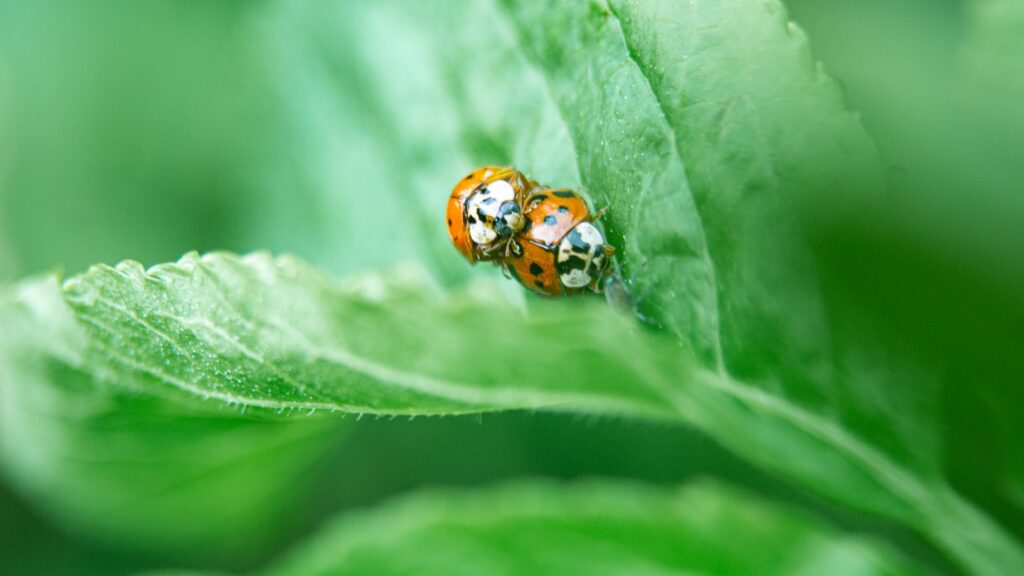
Death-feigning represents just one strategy in the diverse arsenal of insect defenses, and many species can switch between different protective behaviors. Some beetles alternate between thanatosis and chemical defense, first attempting to play dead and then releasing noxious compounds if the predator persists. Others combine death-feigning with cryptic coloration that makes them resemble inedible objects when motionless, creating a multilayered deception. Species equipped with physical defenses like spines or armor might reserve thanatosis as a last resort when physical deterrents fail to discourage predators. This strategic flexibility—the ability to assess a threat and deploy the most appropriate defense—highlights the sophisticated decision-making capabilities that even small-brained insects possess when survival is at stake.
The Perfect Performance: What Makes It Convincing
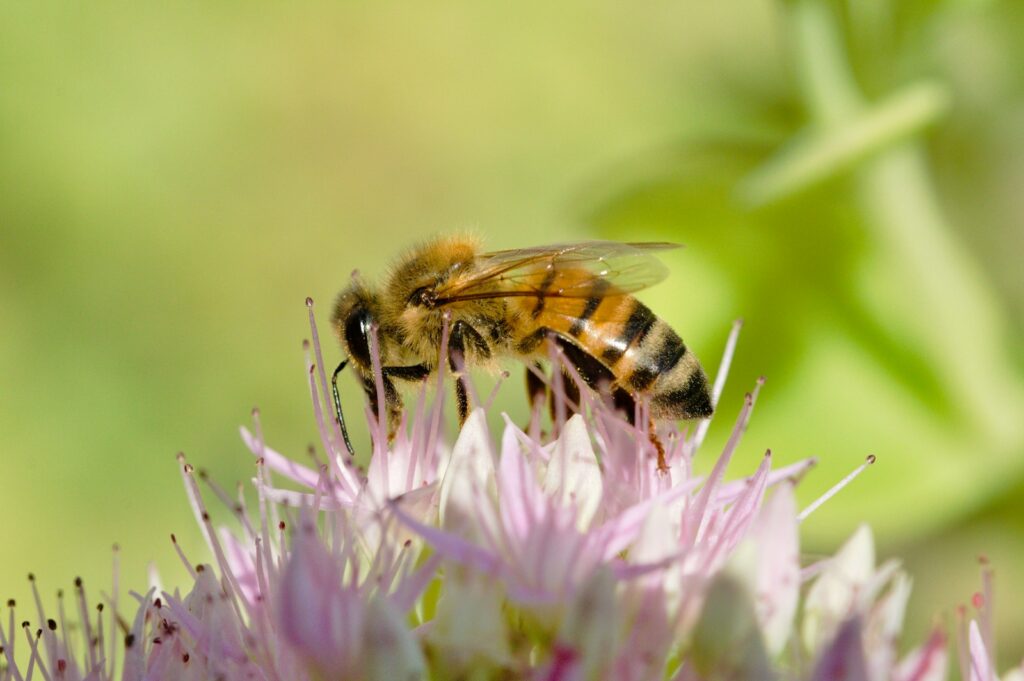
The most successful death-feigners have evolved specific behaviors that enhance the authenticity of their performance beyond mere stillness. Many insects assume positions that would be physically impossible or highly unlikely for a living specimen, such as contorted limb positions or unnaturally rigid postures. Some species release bodily fluids that mimic the smell and appearance of decomposition, adding olfactory verisimilitude to their visual deception. Certain beetles have evolved the ability to detach limbs through controlled autotomy when grabbed, leaving the predator with just a leg while the beetle drops, feigns death, and eventually escapes. The timing of recovery also plays a crucial role—the most successful practitioners don’t “revive” at the first opportunity but remain motionless long after the immediate threat appears to have passed, ensuring the predator has truly lost interest.
Predators That Aren’t Fooled
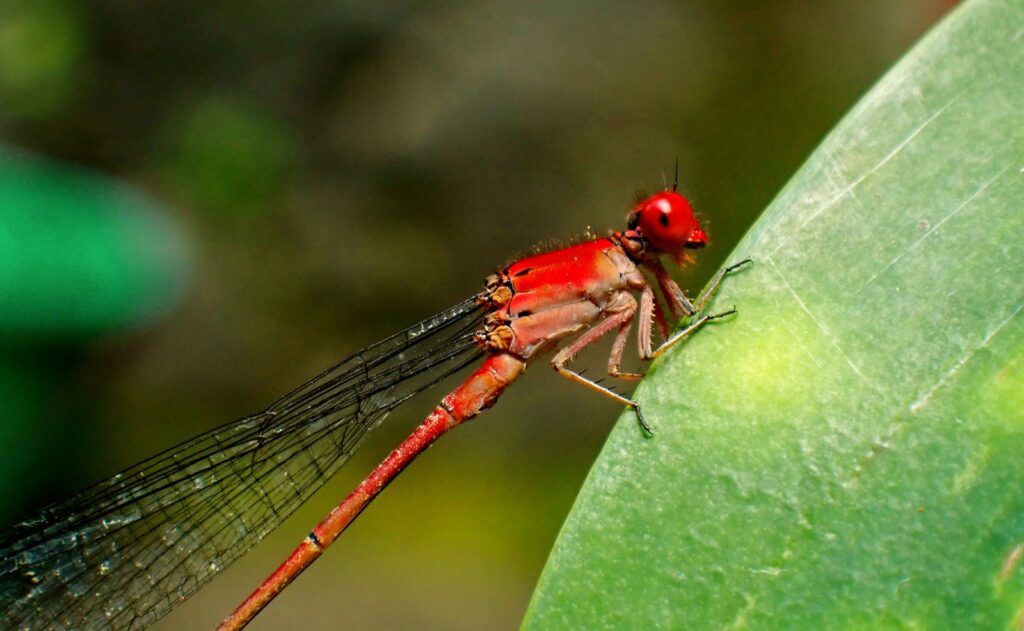
While thanatosis proves effective against many predators, certain hunters have evolved countermeasures to this deceptive defense. Some ant species systematically prod and drag apparently dead prey back to their nests regardless of the prey’s response, effectively nullifying the benefit of playing dead. Certain parasitoid wasps specifically target immobile beetles, having evolved to recognize the subtle differences between genuinely dead insects and those employing thanatosis. Birds with higher cognitive functions, particularly corvids like crows and jays, can learn to distinguish death-feigning from actual death through repeated encounters. This evolutionary arms race between predator perception and prey deception continues to drive the refinement of death-feigning behaviors, with insects in high-risk environments developing increasingly sophisticated performances to outwit their predators.
Playing Dead in Laboratory Settings
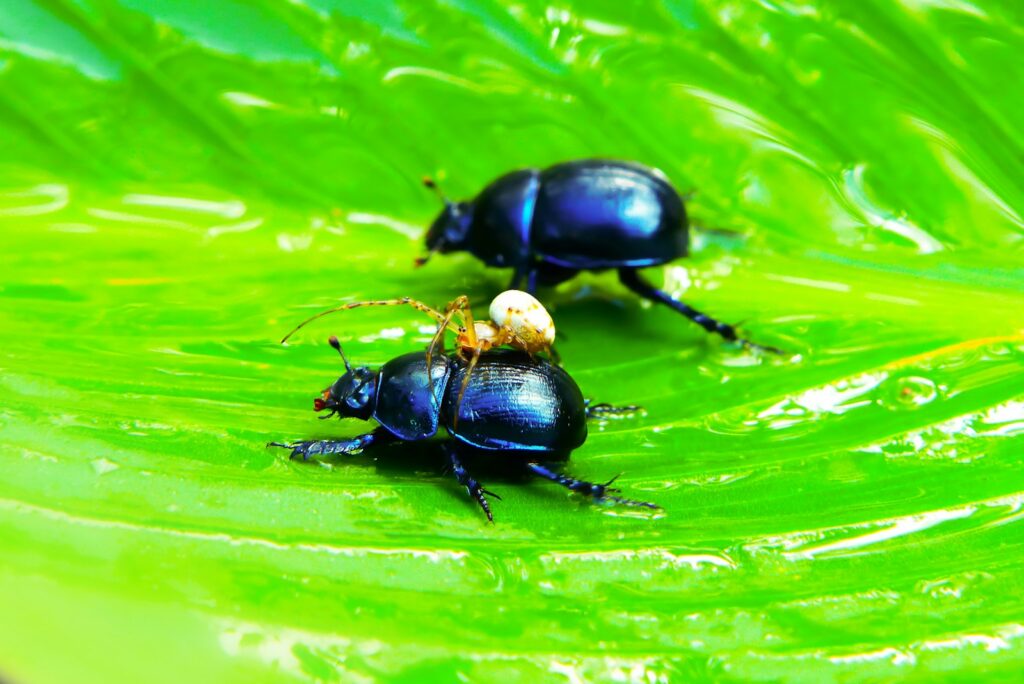
Scientific investigation of thanatosis has revealed fascinating insights through controlled laboratory studies. Researchers have discovered that death-feigning behaviors can be reliably induced in laboratory settings, allowing for detailed observation and measurement of this phenomenon. Variables such as temperature significantly impact thanatosis duration, with most species maintaining longer death poses in cooler conditions that slow their metabolism. Studies comparing different populations of the same species reveal genetic components to death-feigning ability, with individuals from predator-rich environments typically exhibiting more convincing and prolonged performances. Laboratory experiments have also shown that some insects can learn from experience, with repeated exposure to simulated predation events resulting in quicker initiation of thanatosis and longer immobility periods, suggesting cognitive plasticity in what might otherwise seem like a simple reflexive behavior.
Human Applications of Insect Death-Feigning
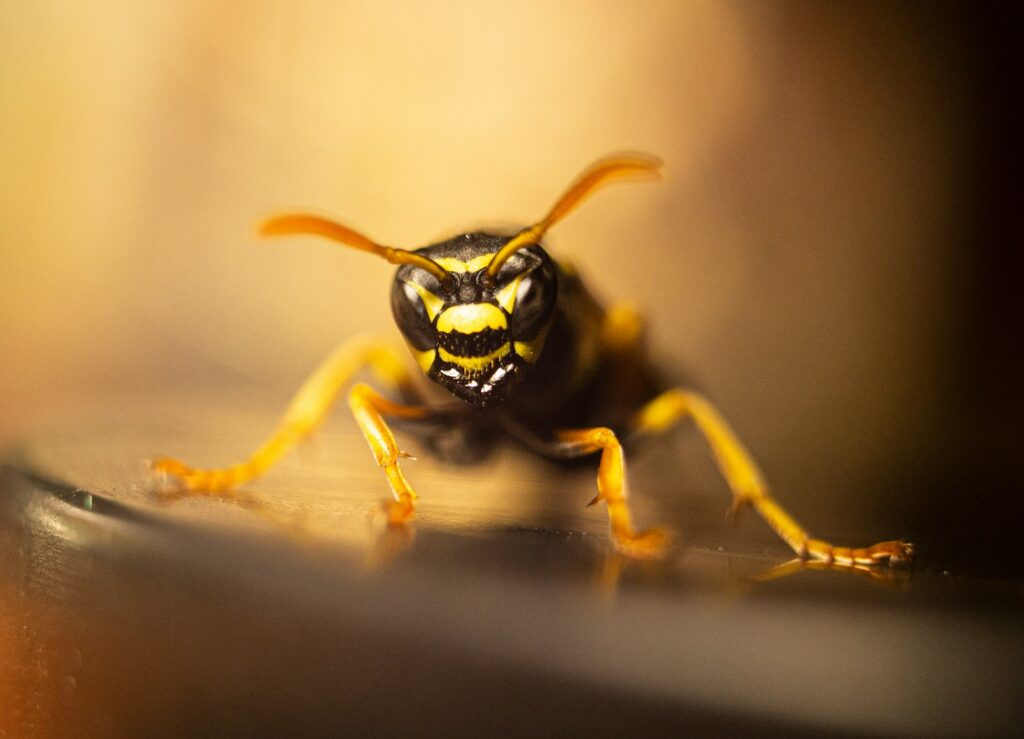
The study of insect thanatosis has inspired applications beyond pure scientific curiosity. Roboticists have studied these insects to design emergency shutdown systems for sensitive equipment that can rapidly assume a “safe state” when threats are detected. Medical researchers investigate the physiological mechanisms that allow insects to dramatically slow their metabolic processes during thanatosis, seeking insights that might apply to human emergency medicine and suspended animation technologies. Agricultural scientists leverage knowledge of death-feigning behavior to develop more effective and targeted pest control strategies that exploit this behavioral vulnerability. Perhaps most futuristically, some biomimetic defense systems incorporate principles from insect thanatosis, creating devices that can appear to malfunction while actually entering a monitoring state when tampering is detected.
Conserving Death-Feigners in a Changing World

Many accomplished practitioners of thanatosis face significant conservation challenges in today’s changing environment. Habitat destruction particularly threatens specialized death-feigners that have evolved their behaviors in response to specific predator assemblages found in their native ecosystems. Climate change poses another significant threat, as rising temperatures may affect the metabolic processes that enable prolonged death-feigning, potentially reducing its effectiveness as a survival strategy. Chemical pollution, particularly from insecticides, can damage the neurological systems that control the precise timing and coordination required for convincing thanatosis. Conservation efforts focusing on these remarkable insects increasingly highlight their behavioral adaptations as worthy of preservation not just for biodiversity’s sake but as living examples of evolutionary problem-solving that still have much to teach us about survival strategies in nature.
Conclusion

The remarkable ability of certain insects to play dead represents one of nature’s most elegant survival solutions. Through millions of years of evolutionary refinement, creatures like the Eastern Hercules beetle have perfected the art of deception, fooling predators through a combination of behavioral, physiological, and chemical adaptations. This seemingly simple strategy—becoming motionless in the face of danger—reveals surprising complexity upon closer examination, involving sophisticated neurological control, metabolic regulation, and even learning capabilities. As we continue to study these masters of deception, we gain not only greater appreciation for the ingenuity of natural selection but also potential insights applicable to fields ranging from robotics to medicine. In the grand performance of survival that plays out in nature every day, few acts are as convincing or effective as the insect that can play dead for hours, patiently outlasting the threats that surround it.

